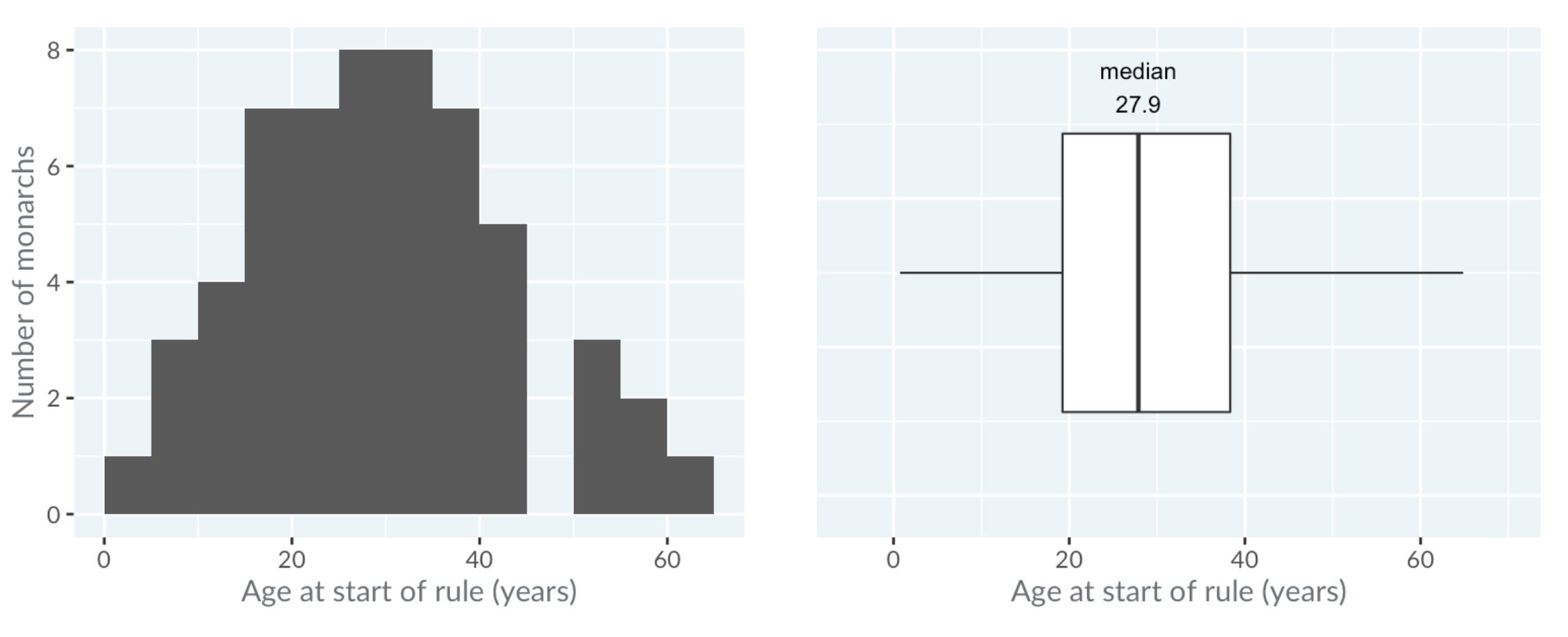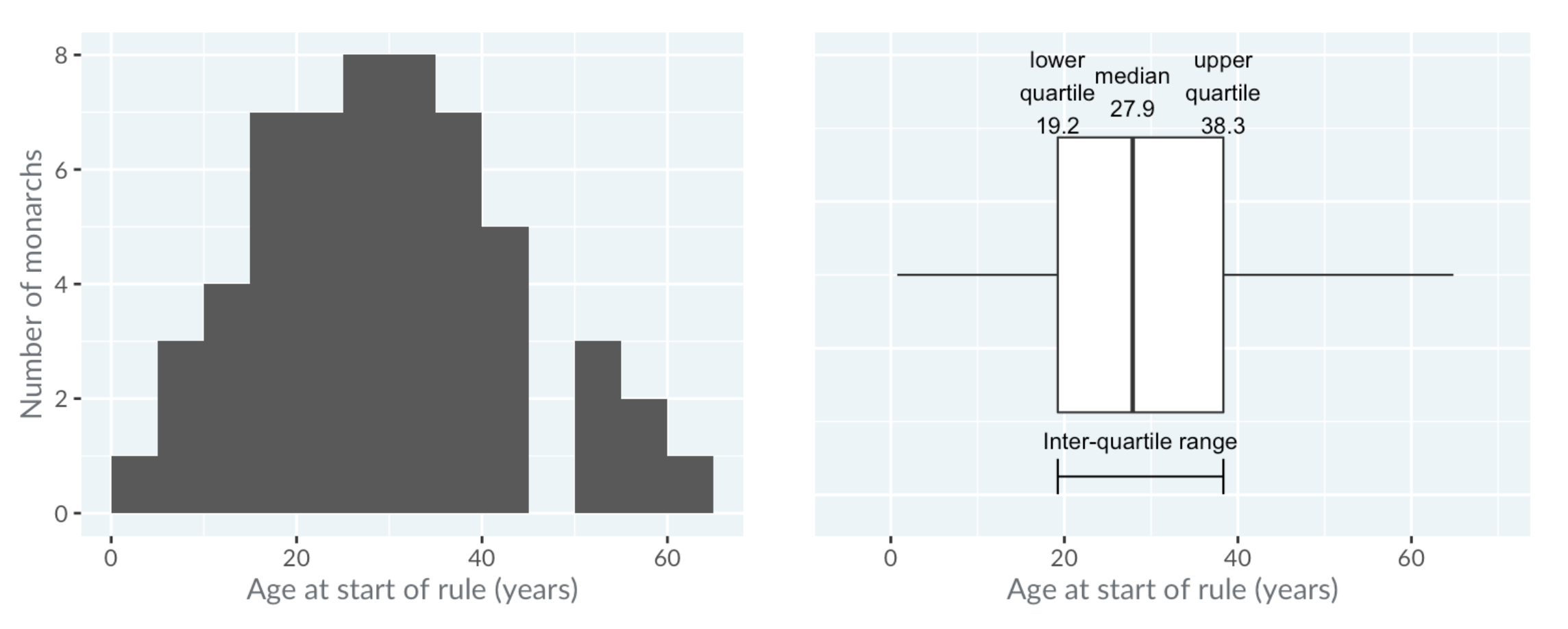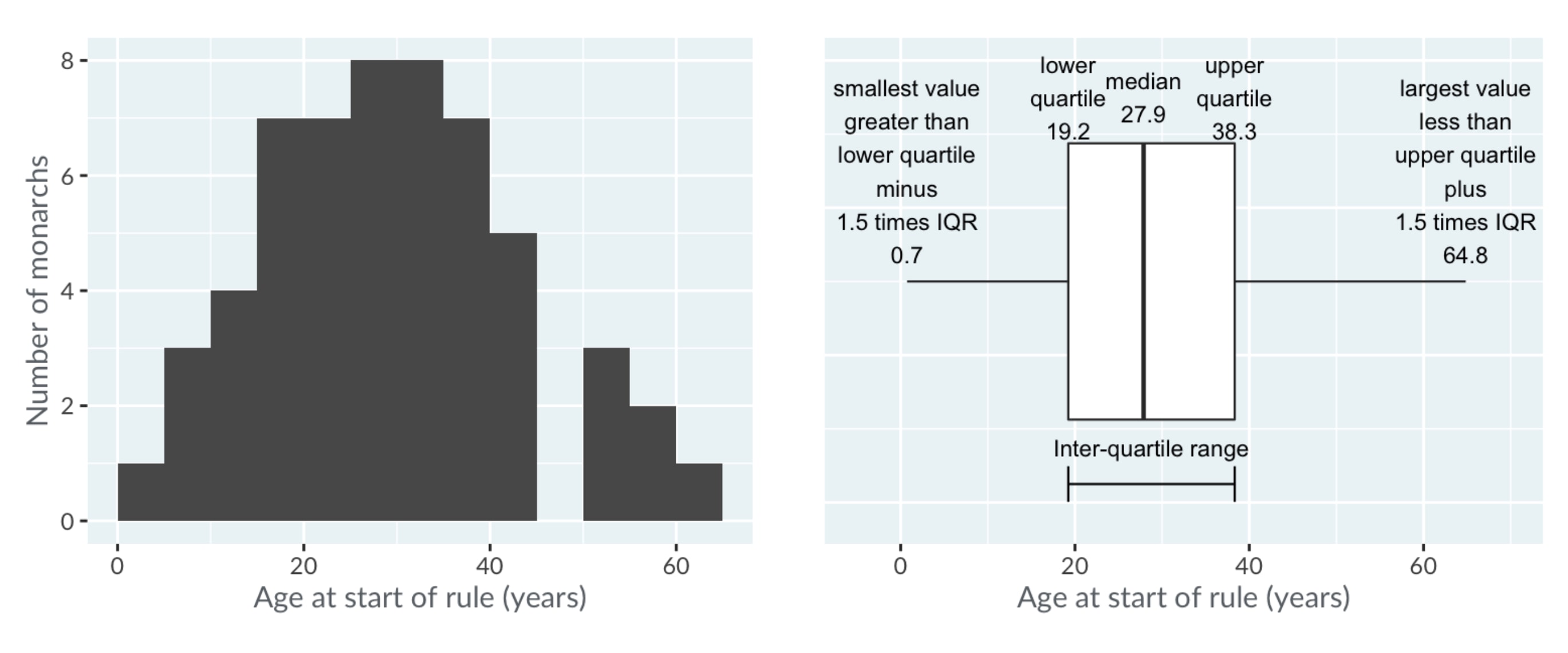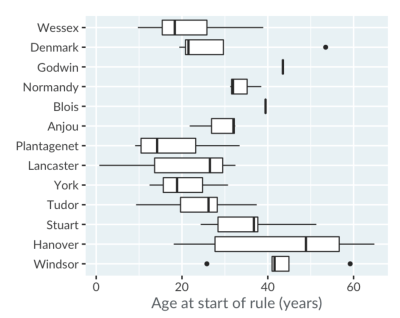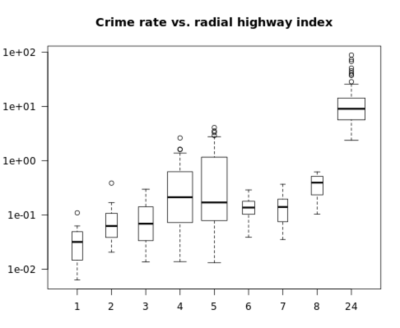Course
Box Plot in R Tutorial
Learn about box plots in R, including what they are, when you should use them, how to implement them, and how they differ from histograms.
Sep 2020 · 4 min read
Learn more about R
Certification available
4 hr
2.7M
Certification available
Course
Intermediate R
6 hr
590K
Certification available
Course
Introduction to the Tidyverse
4 hr
313.1K
See More
RelatedSee MoreSee More
tutorial
Merging Data in R
Merging data is a common task in data analysis, especially when working with large datasets. The merge function in R is a powerful tool that allows you to combine two or more datasets based on shared variables.
DataCamp Team
4 min
tutorial
Scatterplot in R
Learn how to create a scatterplot in R. The basic function is plot(x, y), where x and y are numeric vectors denoting the (x,y) points to plot.
DataCamp Team
tutorial
Operators in R
Learn how to use arithmetic and logical operators in R. These binary operators work on vectors, matrices, and scalars.
DataCamp Team
4 min
tutorial
How to Transpose a Matrix in R: A Quick Tutorial
Learn three methods to transpose a matrix in R in this quick tutorial
Adel Nehme
tutorial
Snscrape Tutorial: How to Scrape Social Media with Python
This snscrape tutorial equips you to install, use, and troubleshoot snscrape. You'll learn to scrape Tweets, Facebook posts, Instagram hashtags, or Subreddits.
Amberle McKee
8 min
